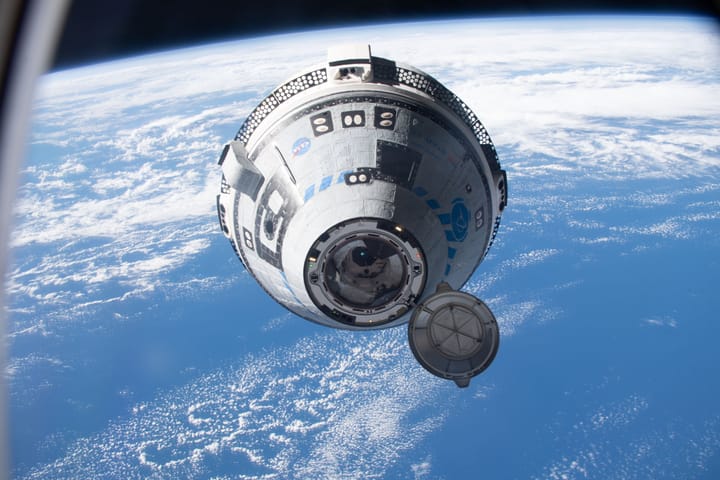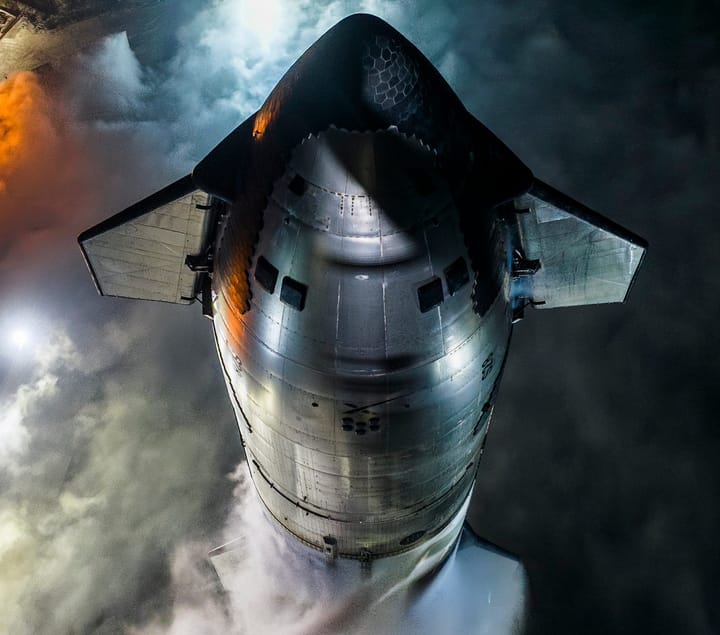Four civilian astronauts are about to launch on a record breaking mission that will feature the first civilian spacewalk in history.
On Tuesday 27 August 2024 at 3:38 a.m. ET, Jared Isaacman, Scott Poteet, Anna Menon and Sarah Gillis will launch atop a SpaceX Falcon 9 to commence a mission that will leave a very clear record in the history books of featuring the first all civilian spacewalk in history. The four have been training for months, and the time has come to put all the preparation into practice.
Polaris Dawn, which will be flown on Dragon "Resilience" will launch to an orbital apogee of 1,400 km, the highest a crewed spacecraft has gone since the Apollo missions. The spacecraft will then settle into a cruising orbital apogee of 750km for most of the rest of the mission. The craft will only proceed to the 1,400km height once post-launch checks have been completed and no issues are identified.
The highlight of the mission will be a spacewalk by commander Jared Isaacman and Mission Specialist Sarah Gillis, a first for an all civilian crew. The EVA (Extra-Vehicular Activity) was made possible by a newly developed SpaceX EVA suit featuring additional protection against the harsh elements of space and increased mobility compared to older generation suits.

In the initial stages of Polaris Dawn's marketing campaign, images pictured a free flying astronaut, but this turned out to be a bit of a stretch, with the plan now seemingly only including a step out of Dragon, where Isaacman and Gillis will hold on to hand rails, and not actually proceeding to float freely. This would make sense given that the EVA is essentially a test flight, and will include incremental advances as the crew become acquainted with the suit and the sensations of open space. The EVA will last approximately 2 hours.
There are many good reasons for playing it safe on this first EVA, most importantly because of the risk of orbital debris strikes, in addition to risks posed by heating when exposed directly to the sun's radiation. In the latest animation released by SpaceX, the vehicle is pictured in an orientation with the opening of the hatch facing downward, while the hatch itself is opened facing away from the direction of the orbit, acting as a shield to the astronauts should a debris conflict occur.
The issue of the debris not only played a role in changing the mission parameters, but also has an effect on the launch time. With a 3:38AM local time launch window (one of three that morning), one could have wondered why SpaceX had settled on such a brutally early hour with no requirement to catch up to the International Space Station, which is what defines these launch times on a normal basis. The issue this time around concerns space debris, or more specifically - Chinese space debris. Earlier this year, a Chinese Longmarch 6A's upper stage broke up at approximately 810km after deploying an array of internet satellites. The debris was confirmed two days after launch by LeoLabs, a commercial space situational awareness company, who confirmed the presence of at least 700 pieces of debris.
The debris field left by this failure has particular impact on the Polaris Dawn mission because of it's higher altitude, and with the risks in mind, SpaceX intends to use this launch window to put the Dragon spacecraft through the areas of concern when the Longmarch debris is on the other side of the planet. It must be noted that a debris strike would be catastrophic to the spacecraft and its crew.
Once the crew navigate this threat, they will commence its five day long mission that will include the following activities:
Day 1:
Day one will be focused on safe launch and orbital debris avoidance, and navigating its first passes through the high radiation South Atlantic Anomaly.
Day 2:
Day two will be the start of the crew preparations for the spacewalk, checking suits and commencing a total of 40 scientific experiments, detailed here.
Day 3:
Spacewalk day. Isaacman and Gillis will both complete one spacewalk each, whilst Poteet and Menon will remain inside Dragon for systems monitoring and medical support. It must be noted that both Poteet and Menon will face similar risks due to the entire interior of Dragon being exposed to the vacuum of space during the EVA.
Day 4:
Continued work on science experiments and preparation for deorbit
Day 5:
Deorbit
The mission will be covered with live streaming on X.





